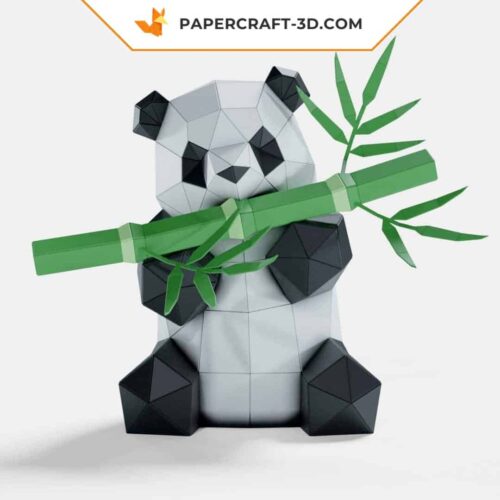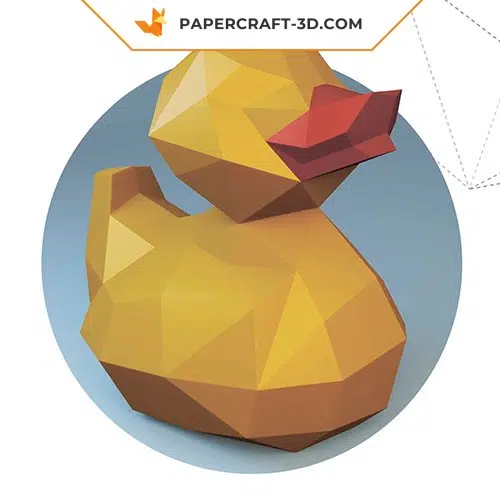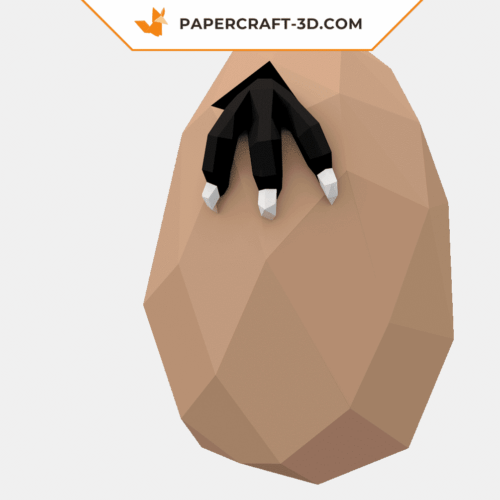| Main idea | Details |
|---|---|
| 📜 Choice of paper | Crucial factor influencing aesthetics and workability. |
| 🔰 Paper for beginners | Prefer kami paper for beginners, economical and colorful. |
| 🎨 Advanced papers | Explorer Washi for strength and unique aesthetics. |
| 🔧 Folding techniques | Learn basic and advanced folds to enrich your practice. |
Origami, the art of paper folding originating in Japan, appeals to a wide audience because of its apparent simplicity and the diversity of what can be created. However, the quality of the final work depends greatly on the choice of paper. This guide explores the different types of paper available and provides advice on selecting the ideal paper for your origami projects, whether simple or complex.
Ordinary papers
Before delving into the specifics of specialized papers, it’s essential to know the starting options for any origami enthusiast. Kami paper, often used for beginners, is lightweight and offers a wide range of colors. It’s an economical choice for beginners. For those looking for a little more strength without breaking the bank, kraft paper is a great alternative. However, its natural brown color limits aesthetic possibilities without further treatment or the use of paints and markers.
The choice of paper influences not only the visual aspect of origami, but also its handling during folding. Here’s a list of commonly used papers:
- Kami paper: Lightweight and colorful, ideal for beginners.
- Kraft paper: Resistant and inexpensive, but less attractive.
- Printer paper: Accessible and versatile, though not very traditional.
Each type of paper has its advantages and disadvantages. So the choice will depend on your project and personal preferences. To learn more about basic origami techniques, you can consult How to make origami easily: A step-by-step guide for beginners.
Elaborate origami papers
In addition to common papers, there are specialized papers designed to meet the needs of more advanced folders or those looking to create origami with a particular aesthetic. Washi paper, with its Japanese origins, stands out for its exceptional strength and unique texture, enabling precise, long-lasting folds. Its higher cost reflects its superior quality and traditional motifs.
Here are just a few of the elaborate papers suitable for origami:
- Washi paper: Traditional and durable, perfect for delicate works.
- Tant paper: Offers a wide variety of colors and is suitable for various folds.
- Metallic paper: Add a unique shine to your creations.
- Lokta paper: Durable and with a distinct texture, it comes from Nepal.
The choice of paper can transform a simple fold into a true work of art. For tips on how to harden origami paper and make your creations more resistant, please see How to harden origami paper: Essential techniques and tips.

Five origami techniques every folding artist should know
Mastering some basic folding techniques can greatly enrich your origami practice. Here are five essential techniques:
- The valley fold: Fundamental, this involves folding the paper towards you.
- The mountain fold: The opposite of the valley fold, it folds away from itself.
- The reverse fold: more advanced, to change the direction of a fold.
- The bird base: the starting point for many animal models.
- Folding in motion: To create origami that can move.
The diversity of papers and the knowledge of different folding techniques will enable you to create ever more impressive origami. For those interested in other forms of paper folding, such as papercraft, discover Which paper to choose for papercraft? A complete guide to the best types.
| Paper type | Specifications | Recommended use |
|---|---|---|
| Kami paper | Light, colorful | Beginners, daily practice |
| Washi paper | Traditional, textured | Fine art, gifts |
| Metallic paper | Glossy, rigid | Art projects, decorations |
Each type of paper is a world unto itself, offering infinite creative possibilities. Whether you’re just beginning to explore the art of origami or looking to perfect your techniques, the key is to choose the right paper for your project. With the right materials and a little patience, origami proves to be an inexhaustible source of satisfaction and beauty.










